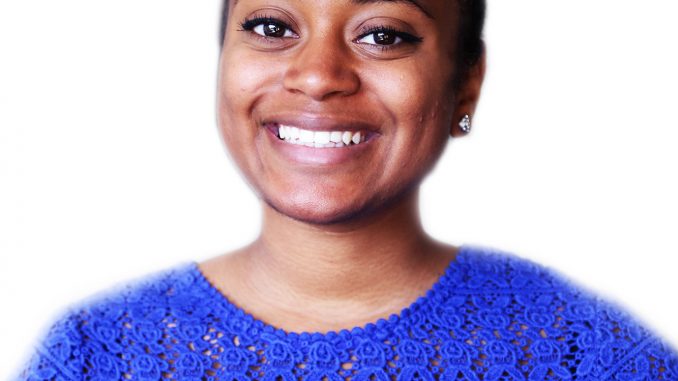
 I cannot speak for anyone else, but finals week this past semester hit me a little harder than it has in the past. Now, I didn’t have a week of long, difficult, cumulative exams in each of my classes like other students typically have. However, I did have a bunch of projects, group assignments, and papers that I was struggling to get a handle on. Maybe it was that full-length fall break I enjoyed too much, or possibly just my procrastination skills working their magic yet again. Whatever it was, I was a stressed-out bundle of nerves.
I cannot speak for anyone else, but finals week this past semester hit me a little harder than it has in the past. Now, I didn’t have a week of long, difficult, cumulative exams in each of my classes like other students typically have. However, I did have a bunch of projects, group assignments, and papers that I was struggling to get a handle on. Maybe it was that full-length fall break I enjoyed too much, or possibly just my procrastination skills working their magic yet again. Whatever it was, I was a stressed-out bundle of nerves.
So imagine my confusion on Dec. 4, 2014 when in the midst of my finals freakout, major spots on Main Campus like Liacouras Walk and Paley Library turned into a center of protest when members of the Temple University community staged a “die-in,” – the form of protest in which members lie on the ground in a symbolic attempt to appear dead. The die-in was a direct response to decisions by grand juries not to indict police officers Darren Wilson and Daniel Pantaleo for the deaths of Michael Brown and Eric Garner.
I was confused by a number of aspects of the protests unfolding on Main Campus. Primarily, I didn’t understand how a large number of my peers were able to spare such precious moments of their study time to be a part of the protest. I also didn’t understand what could be achieved by laying down on the floor of the library as other students stared or awkwardly tried to find a way around the mass of people without seeming rude or insensitive to the cause. I initially thought: This protest won’t bring Michael Brown, Trayvon Martin, or any of the other slain, unarmed boys back. Feigning death on the floor of Paley on the eve of finals week won’t put Darren Wilson behind bars.
But what I quickly realized in the days after the first wave of peaceful protests at Temple was this: maybe by those students being there on that floor and having their peers stand witness to the frustrations and fears of an entire community, more awareness of the racial injustices that far too often go unchecked in society will be achieved. Maybe annoying some people or making others feel uncomfortable in that moment is necessary in order to make them aware and encourage them to educate themselves on what is going on around them.
The truth is, the fight for racial equality is a hard one. It is a fight that has been ongoing for decades, and one that cannot be won by the oppressed alone.
Pauline DeAndrade, a senior studying business administration and accounting and president of the Black Law Students Association, participated in these protests and feels very passionate about the power that they can have on awakening those who witness them.
“I protest because it’s a tool for educating others, and it’s a step towards a solution for change,” DeAndrade said. “In protesting, there’s educating and ultimately there’s a collaboration for meeting demands.”
DeAndrade and her peers were not alone. Many students from nearby Philadelphia schools and across the nation held similar die-in protests to speak out and educate their peers. Khadija Bingham, a senior finance major and student representative and speaker for the Multicultural Resource Center Leadership Council at Penn State, participated in her school’s die-in on Dec. 2, 2014 at the HUB, a major dining hall on Penn State’s campus.
“It was an opportunity to bring awareness to a group of people who have never been forced to understand the struggles that African-American people go through on the daily basis,” Bingham said. “It was important for me to show my support for all the families who are grieving and and to show that I don’t like what’s happening in our world. It’s more than Mike, Eric, Trayvonn and so on. It’s about all the obstacles and injustices that we all face.”
Unlike Temple’s protest, which were largely met with respect, many students from the Penn State community were not as receptive to the protests, Bigham said.
“White Penn State students were completely bothered and disgusted,” Bingham said. “Many hurtful comments were made, but it only proved that we were being heard.”
In order for racial equality to be a reality, we need to look past the temporary irritations we might find in the protests and dig deeper to unravel what people are really trying to change. We also need to be sure that we re-shape the narrative around them to be less about what a problem protests can be and more about how we can all positively and productively change our society’s wrongdoings.
Ndidi Obasi can be reached at ndidi.obasi@temple.edu


Be the first to comment